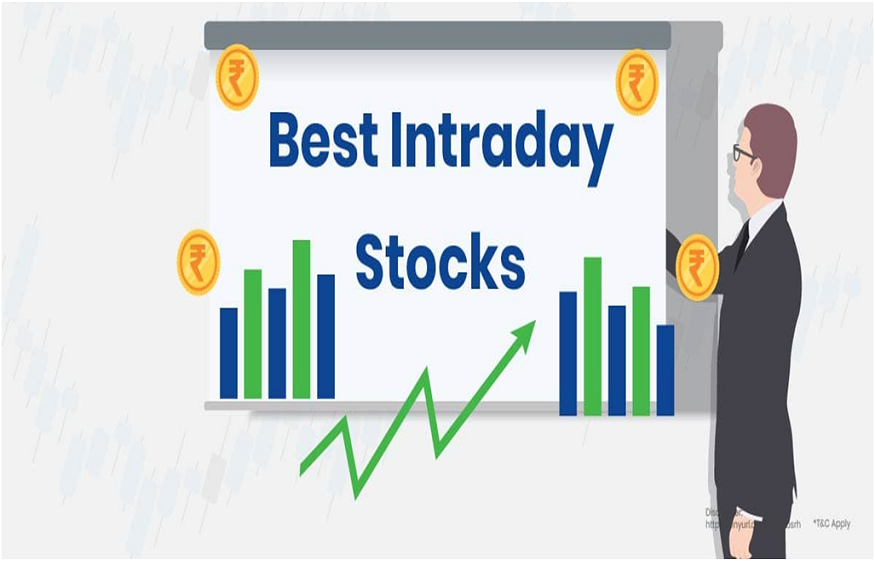Trading has several levels of complexity, from the simplest, such as buying and selling random assets, to the most comprehensive, with precise risk management, timing and objectives. So we decided to explain everything you need to know about the rules to follow to trade well.
What is a trading plan
A trading plan is a set of rules that a trader must follow to achieve their goals. It depends on timing, risk tolerance, order size and entry and exit points. Additionally, a trading plan often outlines how a trader will manage open positions, what securities he can trade, and many other rules that may be useful.
Some may think they don’t need a trading plan to be successful. In some exceptional cases, these people even manage to be profitable for a while. However, not having a trading plan usually results in heavy losses as it is difficult for a trader to control their emotions during extreme market volatility or after a series of wins/losses.
More so, trading experts recommend trading with a demo account until a trading plan is established. Thus, you will be able to gather enough data in order to understand the importance of a trading plan.
Understand your trading plan
A trading plan combines trading rules and creates an algorithm that you will follow. Thus, the fundamental purpose of a plan is to help you achieve your personal trading goals. Let’s say your number 1 goal is to avoid major losses. Next, your trading plan should have a part where you stop trading and take a break after a series of bad trades. You can even adapt your trading strategy in case of a prolonged losing streak, and this is also part of your trading plan.
Trading plans can be quite detailed and have a multitude of different specifications. However, it is not always bad to have a simple trading plan. If you’re investing for the long term, you can limit yourself to the amount you’re willing to invest monthly, your return expectations, and your actions in the event of prolonged losses. This plan will work perfectly, especially in the global stock market, which tends to grow over time. Nevertheless, such a trading plan has no time limit, which means that it is possible to hold assets for years or even decades before seeing profits.
On the other hand, swing traders and day traders have long-term plans that encompass different elements of a trading routine. With a plan, a trader can easily define whether a trade is worthwhile, perform an action and control the outcome to the maximum. Even if a trade goes in another direction, with a trading plan you can minimize risk.
Trading Plan Examples
The image below illustrates an example of a trend-based trading plan. Note that this plan does not encompass many essentials such as timing, risk management, exit points, time frames and asset type. However, this example is a good starting point.
A trading plan should be comprehensive. We suggest that you include as many elements as possible in your plan, as your results will depend on it. If you are in an unstable situation, your trading plan should always have an instruction that you will follow.
Here are the elements of a complete and well-prepared trading plan:
Pre-market routine What do you do before you start trading? Maybe you are reading all the latest news to decide which asset you are going to choose today? Or maybe you review each asset you trade and mark the support and resistance lines? Either way, a pre-market routine helps you focus and distract you. Develop a routine that you follow to build discipline and consistency, and build it into your trading plan. Then, follow this routine on a daily basis.
Time intervals . Trading on larger timeframes is different from short-term scalping or day trading. Some trading strategies, like Gap and Go , tend to work best on short timeframes like M5-M15, while others, like trend trading, work best on H4-MN time intervals (one month). This does not mean that you will lose your money trying to enter a trend on an M5 time frame, but it is much more difficult, especially in the Forex market, where sideways movements are most common. Note that some traders use all timeframes and see no difference between trading on M5 and H4. If you are one of them, you can skip this step and move on to the next one.
Risk management. Frankly, this is an essential part because good risk management will prevent you from losing all your money on a bad day and will take your trading strategy to the next level.
To improve your risk management, you should set yourself a daily drawdown – a potential loss after which you stop trading and start analyzing your mistakes. Typically, traders set a threshold of 5-10% daily drawdown, after which they stop opening trades for the rest of the day.
Likewise, a trader must define the amount he can lose with a single trade. For me, it’s 3% equity per trade, but more conservative traders often stick to 1% equity per trade. This means that you need to make 100 bad trades in a row to sink your account, and you will never lose 100 times in a row if your trading strategy is profitable.
Finally, it is preferable to have a good risk/reward ratio. This report measures expected returns and losses from investments and trades. I recommend having an R/R ratio of at least 1:1.5. This way, your potential loss for each trade is X and your profit is 1.5X. However, traders who do not set a Stop Loss and Take Profit beforehand can skip this part if their plan allows it.
Determine if you are going to trade in a trend or a range. There is a big difference between the two. Trend traders can hold a position open longer because trends tend to continue. Therefore, these traders can make bigger profits by taking on less risk. On the other hand, range traders profit more from sideways movements and consolidations.
Type of market Stock markets are only open at specific times and you must be on time on your trading platform every day of the week. The cryptocurrency market is open 27/7 and one should not leave an order without a Stop Loss due to its high volatility. The Forex market is open 24/5 (excluding weekends), but volatility is lower. And that’s not counting the various macroeconomic events that influence these markets. Choose what appeals to you the most: it is much easier to trade an asset that interests you.
You should look for the same movements in the market and only enter a trade if it has been planned in your trading plan. There are several options for an entry point:
A pullback is a perfect place to buy on an uptrend.
A real break is suitable for those looking for a more certain confirmation of a move. However, care must be taken with false breaks.
If you use technical indicators in your trading, such as the MACD, you can enter a trade on a cross of indicator lines.
You can create your own input signal. For example, it could be a divergence on the RSI oscillator, the contact of a Fibonacci retracement level or a candlestick pattern. However, it is best to have multiple reasons for entering a trade and not rely solely on a pattern or technical indicator.
Stop-Loss. Every trader should have a plan if things go wrong. You can set a loss threshold before entering a trade and forget the chart while the order is open. Conversely, you can monitor your trade and decide where and when you want to exit it. This approach is much more risky because you can make emotional decisions and lose money with a potentially profitable trade.
Take Profit If you have a risk/reward ratio, your Take Profit should be further away than your Stop Loss. However, you can close part of your position at the first price target and then move your Stop Loss to the breakeven point. This way, your trade is risk-free and you can hold it for much longer, which can increase your profits.





